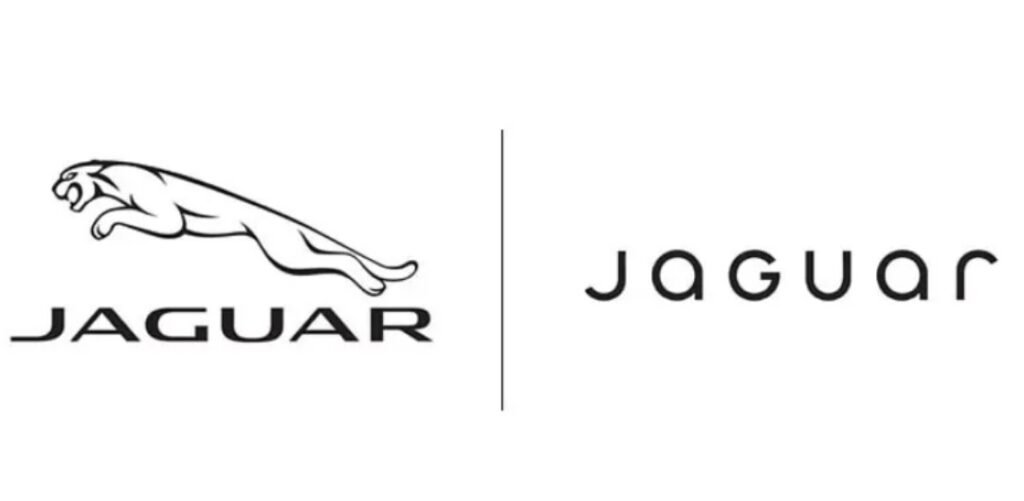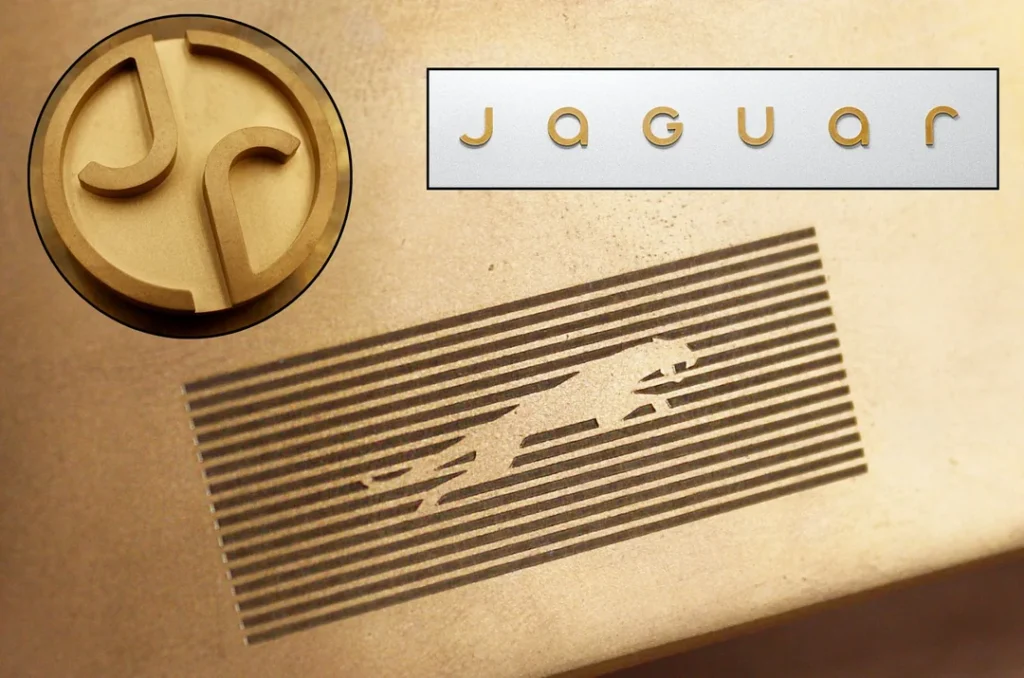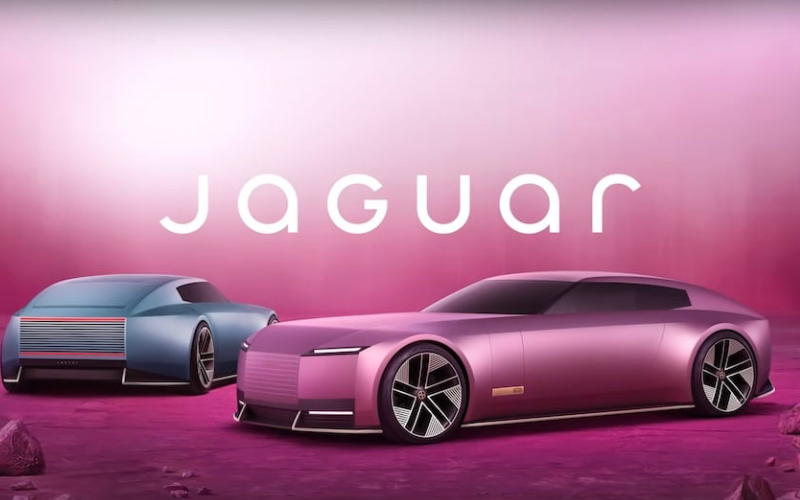Jaguar, the legendary British automaker, has embarked on a bold rebranding journey. With a new logo, a fully electric lineup planned by 2025, and a reimagined target audience, Jaguar aims to redefine itself for the modern age. While the shift signals ambition and an acknowledgment of the EV market’s importance, questions arise: Is Jaguar risking its storied legacy in its quest to stay relevant?
The New Logo: A Streamlined Vision or a Loss of Character?

Central to Jaguar’s rebranding is the redesign of its iconic leaping jaguar logo. The new emblem has been stripped down, favoring minimalist, contemporary lines over the detailed design of its predecessor. While the sleek update is consistent with modern branding trends, it risks feeling generic—a move away from the distinctiveness that made Jaguar an emblem of British sophistication.
Critics argue that the minimalist redesign, while stylish, erodes the brand’s heritage. The leaping jaguar once symbolized power, grace, and untamed spirit. The new logo feels more subdued, almost sanitized, reflecting a shift that some fear could alienate Jaguar’s traditional clientele.
Electric Dreams: Revolutionary or Reactionary?
Jaguar’s commitment to going fully electric by 2025 is undoubtedly ambitious, but it’s also a high-risk gamble. While the move aligns with global trends toward sustainability and EV adoption, Jaguar enters the market as a latecomer. Brands like Tesla, Mercedes-Benz, and Porsche have already established themselves as leaders in the luxury EV segment, raising the stakes for Jaguar’s success.
The redesign of Jaguar’s cars further underscores this pivot. Early glimpses of its upcoming EVs reveal an emphasis on futuristic aesthetics and cutting-edge technology. While this might attract a younger, tech-savvy demographic, the focus on modernity raises concerns about the brand losing its essence. Jaguar’s cars were once celebrated for their timeless beauty—vehicles like the E-Type are still hailed as some of the most beautiful cars ever made. Can the brand retain that same sense of artistry in its quest to embrace innovation?

A New Audience: Gaining Millennials but Losing Loyalists?
Historically, Jaguar has been synonymous with British elegance, appealing primarily to older, affluent buyers who valued its refined styling and performance. The rebranding, however, seeks to court a different audience. Jaguar’s rebranding now targets younger, environmentally conscious consumers who prioritize sustainability and tech over traditional luxury.
While the move is logical—luxury consumers are indeed shifting their preferences—it also risks alienating Jaguar’s core base. Longtime loyalists may find the brand’s pivot jarring, as Jaguar’s emphasis on minimalism and futuristic appeal contrasts sharply with the classic styling and heritage they’ve grown to love. For a brand so deeply tied to its legacy, this shift feels abrupt and potentially disorienting.
Moreover, Jaguar faces a fierce challenge in carving out space in a market already crowded with luxury EV competitors. Tesla dominates the tech-driven EV space, while Porsche and Audi have made inroads with designs that balance heritage and innovation. Jaguar’s attempt to capture the same demographic might feel like playing catch-up rather than leading the charge.
Rebranding or Reinvention?
Jaguar’s rebranding strategy, while bold, walks a precarious line. The new logo and car designs signal a decisive break from the past, but this break risks alienating loyal customers who cherished Jaguar for its classic appeal. Simultaneously, the brand’s pivot to EVs and a younger audience feels reactive rather than revolutionary, given how far competitors have already advanced in these areas.
Jaguar’s history is a double-edged sword: it’s a well of inspiration but also a benchmark that’s difficult to surpass. By rebranding itself so completely, Jaguar risks erasing the qualities that made it iconic.

